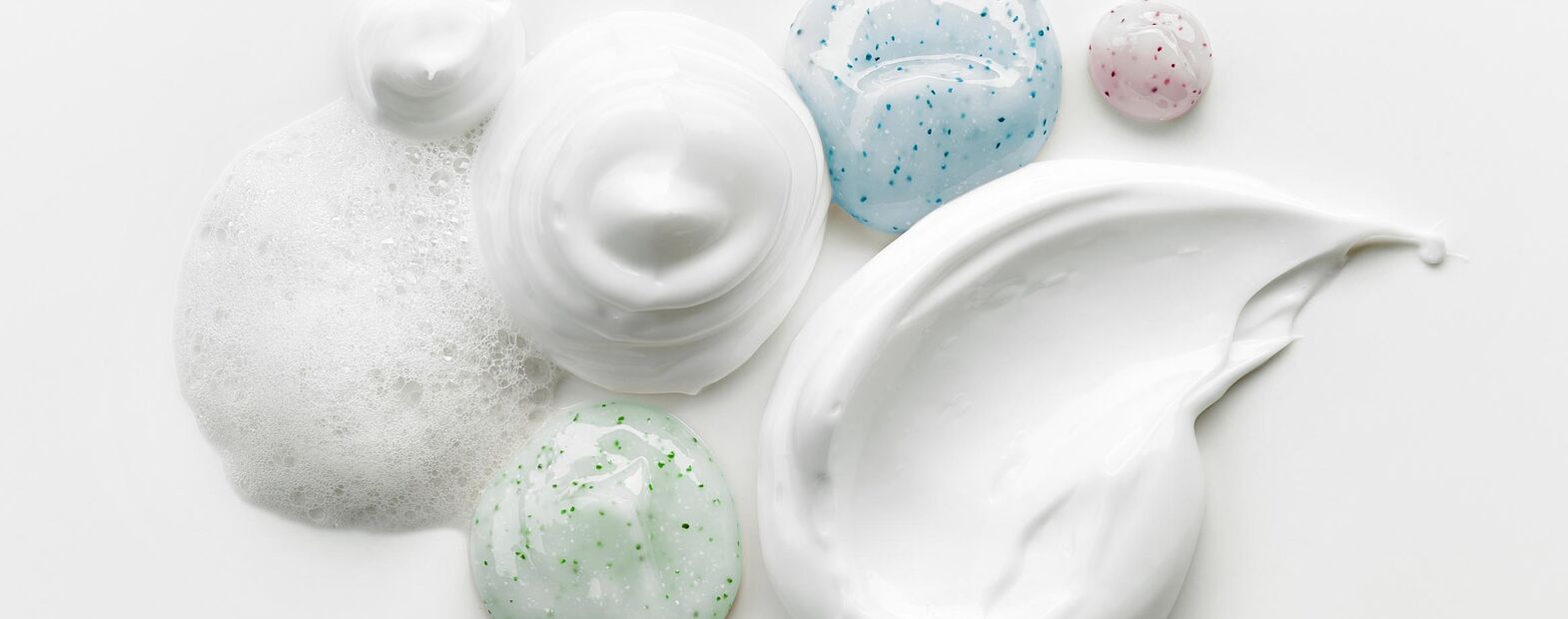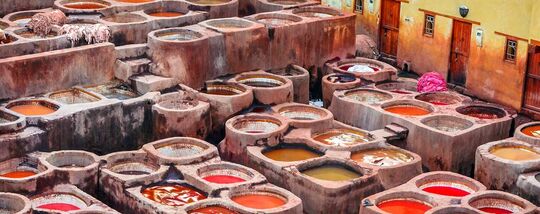
Serepon – a versatile agent
Schärer & Schläpfer AG is investing in a new Serepon plant. What does it expect from this, what does it mean for the customers, and what is Serepon, also known as Turkey Red Oil? In loose succession, we want to explore these and other questions. Part three shows where this traditional product is still used today and what the main raw material, castor oil, is all about.
There are indeed more modern surfactants, as Roland Borner, Head of Development at Schärer & Schläpfer AG, says. Nevertheless, Turkey Red Oil is still used in many areas; indeed, the traditional product (Schärer & Schläpfer has been producing it since 1947) is actually experiencing a revival – also due to the increasing popularity of eco-products:
Turkey Red Oil is found in detergents, rinse aids, bubble baths, shampoos, shaving gels, lipsticks, eyeliners and numerous other everyday products.
Also in conventional ones. The clear, faintly brownish-yellow to dark red, oily liquid smells pleasantly nutty and flatters the skin. Although sensitization to Turkey Red Oil is known, the anionic surfactant is generally very well tolerated by the skin.
Areas of application
Turkey Red Oil also plays an important role as a dyeing aid and emulsifier to this day. In the textile industry, it is also used for bleaching, printing and finishing, i.e. for the finishing of fabrics, yarns, fibers, leather. It is water-soluble and has excellent wetting properties, another important reason for its unbroken popularity in the textile industry. To this day, Turkey Red Oil is also used in the graphic arts industry, in electroplating, in the tire and soap industry or for the production of printing chemicals.
Production
Castor oil, the basis of Schärer & Schläpfer AG's high-quality Turkey Red Oil, is obtained from the seeds of the African miracle tree (Ricinus communis), an extremely fast-growing spurge (Euphorbiaceae): within three to four months, the shoot becomes a tree up to five meters high! In German it is also known as "Christuspalme" (Christ palm) and was used as an oil plant in ancient Egypt over 4000 years ago: the oil served as fuel for oil lamps and as a remedy. It was also used internally and externally in ancient Greece. The seeds of the miracle tree are highly poisonous: six seeds for children and about ten seeds for adults prove a critical dose; if more are swallowed, death is imminent. The reason is that ricin is contained in the shell, which is one of the most toxic proteins known to exist in nature. The lethal dose is considered to be 0.25 milligrams. There is no antidote.
The castor oil extracted from the seeds, on the other hand is used not only in industry and cosmetics, but also in medicine: because of its high polarity as a solvent, it is used for numerous medicines, as well as an excipient for formulations in pharmaceuticals, e.g. sex hormones and eye drops. Castor oil, meanwhile, is best known as a powerful laxative (there are gentler options!) and, thanks to its germicidal and anti-inflammatory action, for the treatment of skin problems such as neurodermatitis, acne, skin redness, warts and pimples, as well as for the care of age spots, scars and hair (it nourishes brittle hair and ensures long eyelashes, thicker eyebrows and fuller hair).
Castor oil consists of about 80–85% of the triglyceride of ricinoleic acid, which promotes the production of the skin's own collagen.
This in turn provides firm and soft facial skin. Therefore, castor oil can be used to smooth small wrinkles around the nose, mouth and eyes. Castor oil is also used to make lubricants for machines and paints.

Approximately 600 000 tons of castor oil are consumed worldwide. Up to 1 800 seeds of the miracle tree are needed to produce one kilogram of oil. Eighty percent of the world market production comes from India, Brazil and China. But the miracle tree is also cultivated in Ethiopia, Paraguay, Thailand, Vietnam, South Africa, the Philippines and Angola. Schärer & Schläpfer AG obtains its castor oil from India. Turkey Red Oil is produced by treating the castor oil with sulfur (sulfonation or sulfation).




